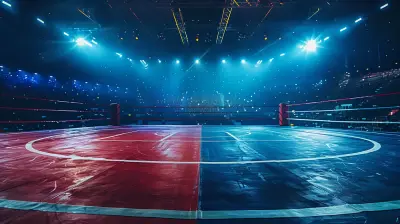The Evolution of the Baseball Bat: From Wood to Composite Materials
21 October 2025
Baseball is a sport rich in tradition, filled with iconic moments, and governed by a set of rules that have stood the test of time. While much about the game has remained constant, one element has evolved dramatically: the baseball bat. What started as a simple wooden stick has transformed into a piece of high-tech equipment crafted from advanced composite materials. This evolution wasn’t a quick change—it was a slow, thoughtful process that has spanned more than a century. So, how did we get from the classic wooden bats of yesteryear to the space-age composite bats of today? Let's take a swing through history and find out!
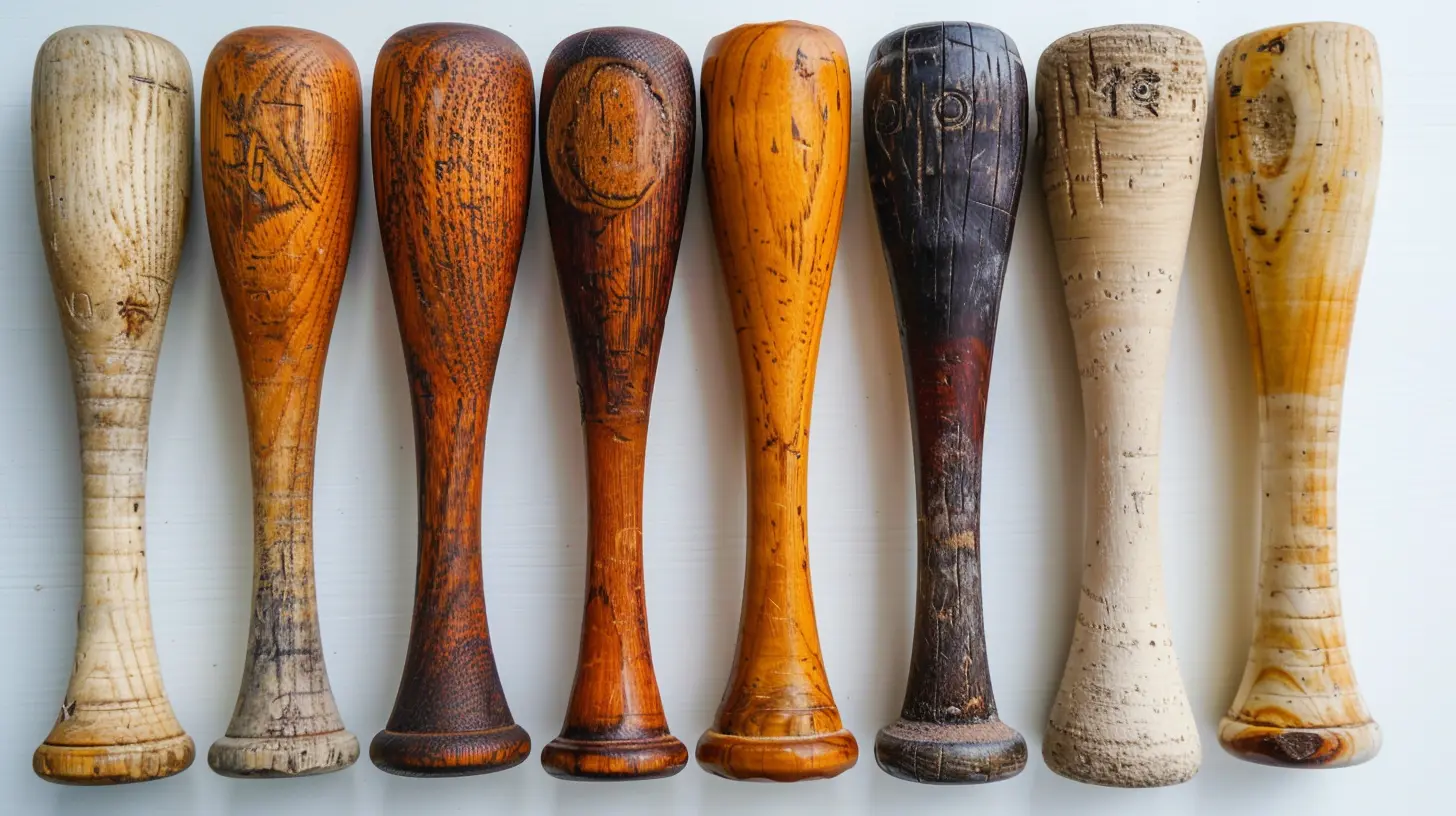
The Early Days: When Wood Was King
The Birth of the Baseball Bat
In the early days of baseball, there were no rules or regulations regarding the shape, size, or material of the bat. Players could essentially use any piece of wood they could find. Some players preferred long, heavy bats, while others opted for shorter, lighter ones. The choices were as unique as the players themselves.Imagine showing up to a baseball game in the 1800s and seeing players wielding everything from thin tree branches to thick wooden clubs. It must have been quite a sight! However, as the sport grew in popularity, standardization became necessary.
The Rise of Ash
By the late 1800s, ash wood became the material of choice for baseball bats. Why ash? It turns out that ash is both durable and flexible, striking the perfect balance for players. Ash bats were light enough to swing quickly but sturdy enough to withstand the impact of a fastball. These characteristics made ash bats the go-to option for professional players for many decades.In 1884, a man named John Hillerich crafted the first “Louisville Slugger” bat for Pete Browning, a professional baseball player. This bat, made from ash, quickly gained popularity and became the gold standard for baseball bats in the Major Leagues. The Louisville Slugger brand is still iconic today, but back then, it was revolutionary.
Maple Enters the Game
While ash dominated for many years, maple wood made its debut in the 1990s. Maple bats are denser than ash, which gives them some additional pop, meaning a batted ball can travel farther when hit properly. Maple is also less flexible than ash, which can give players a more solid feel when making contact with the ball.The shift towards maple really gained momentum when Barry Bonds used a maple bat during his record-breaking 2001 season, where he hit 73 home runs. Other players quickly followed suit, and maple bats became a popular alternative to ash.
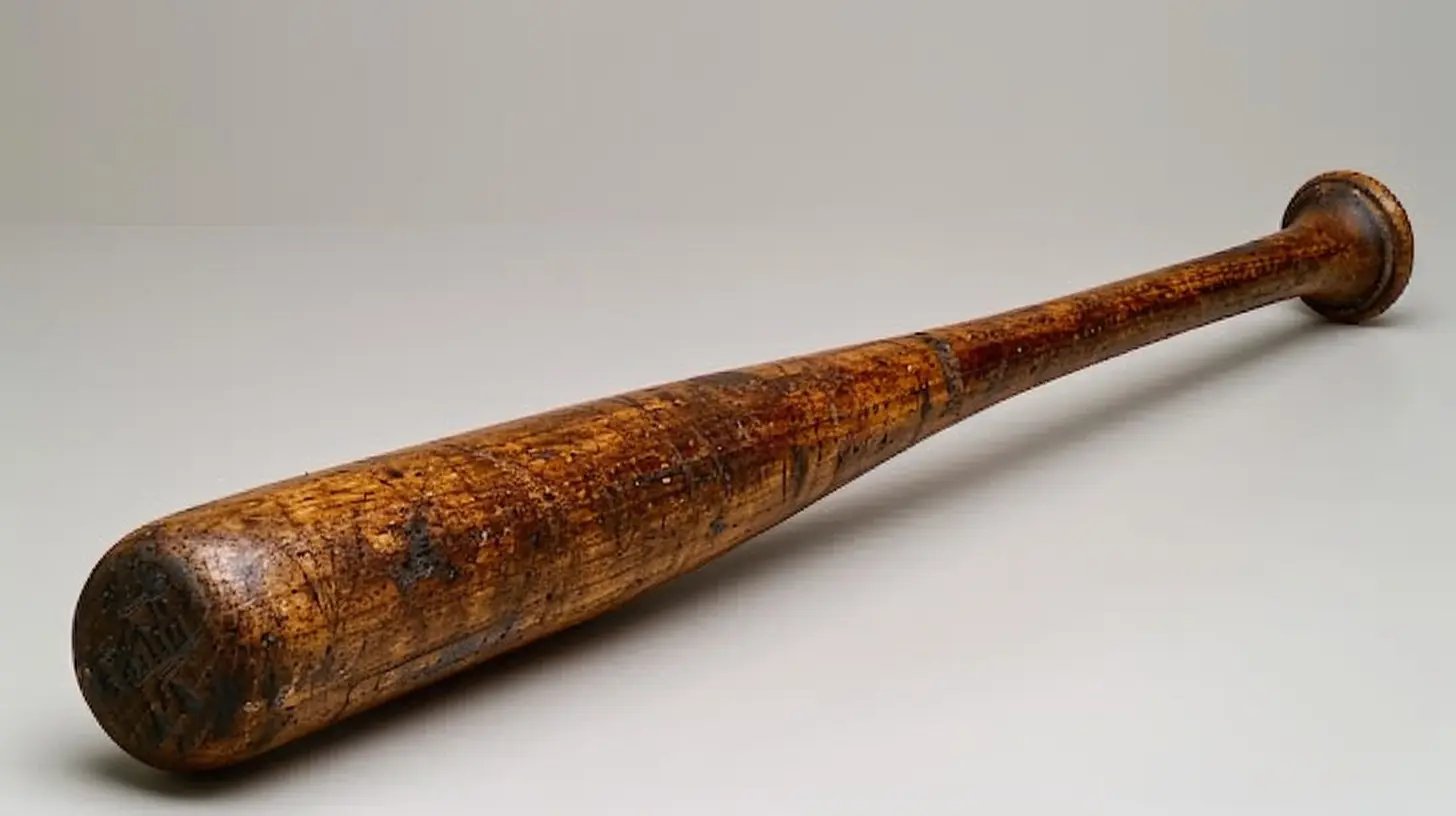
The Shift to Aluminum: The Game-Changer of the 1970s
The Introduction of Aluminum Bats
In 1970, the first aluminum baseball bat was introduced by the Worth company. This was a massive shift for the sport, especially in youth leagues and college baseball. Aluminum bats are lighter than wood, allowing players to swing the bat faster and generate more power. Suddenly, even smaller players could hit the ball farther than ever before.If you’ve ever held an aluminum bat, you’ve probably noticed how much easier it feels to swing than a wooden bat. That’s because aluminum bats are hollow, which reduces their overall weight without sacrificing too much durability. This weight reduction allows players to generate more speed and, as a result, more power.
The Impact on the Game
The introduction of aluminum bats changed the game in many ways. For one, it made the game more exciting at the amateur level. Balls were flying off the bat at higher speeds, leading to more home runs, more hits, and generally more offense. However, the use of aluminum bats also sparked a debate about safety—pitchers and infielders had to react more quickly to balls hit off aluminum bats, increasing the risk of injury.While Major League Baseball has stuck with wooden bats for tradition and safety reasons, aluminum bats remain the dominant choice in lower levels of play, from Little League to college baseball.
The Sound of the "Ping"
One of the most recognizable differences between wood and aluminum bats is the sound they make when hitting the ball. Wooden bats produce a solid, satisfying "crack," while aluminum bats generate a distinctive "ping" that echoes across the ballpark. This sound has become synonymous with youth baseball games and is a clear indicator that the bat is made of metal.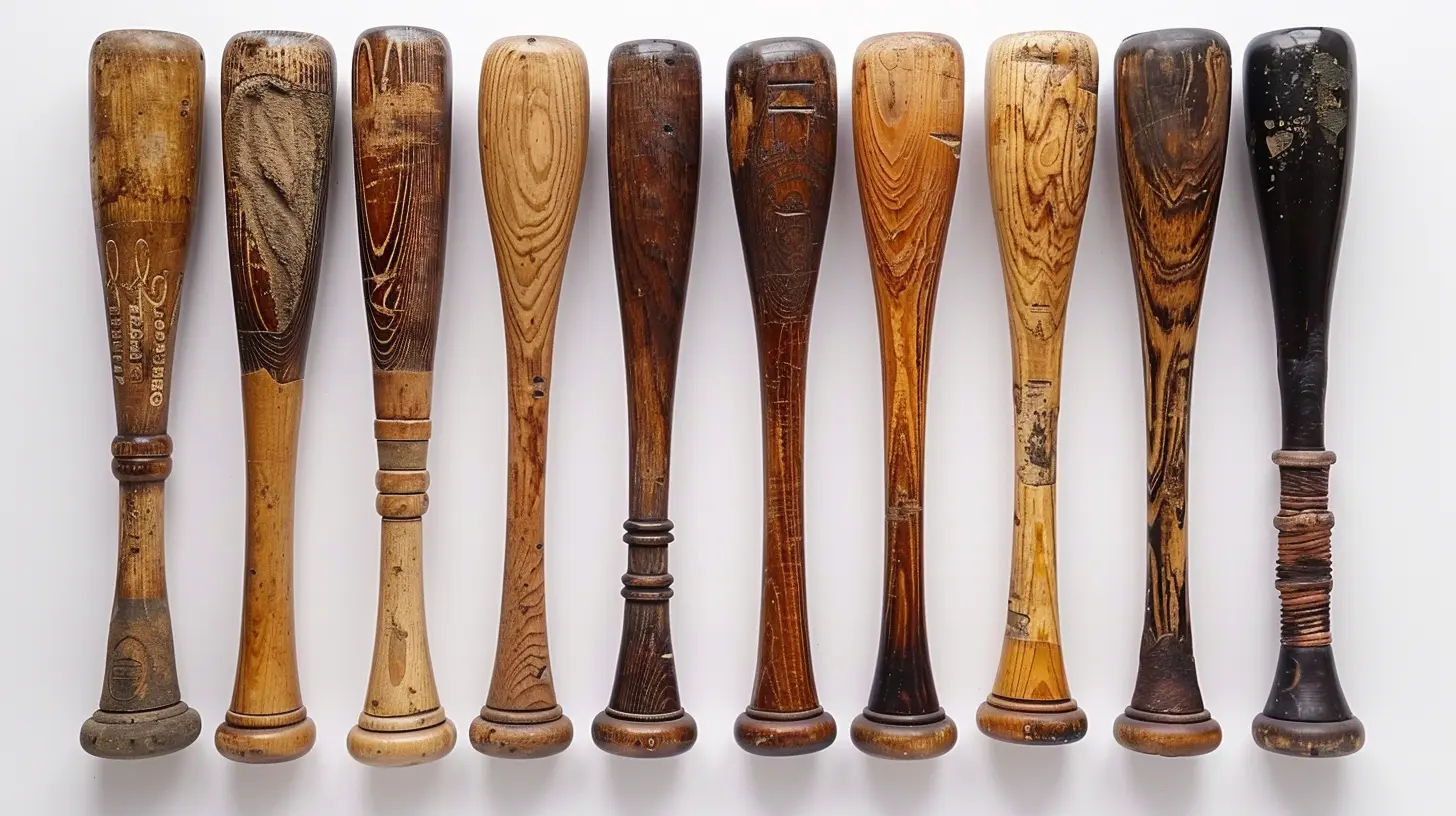
The Rise of Composite Bats: The Tech Revolution
What Are Composite Bats?
As technology advanced, so did the materials used in baseball bats. Enter composite bats, which are made from a mixture of materials like carbon fiber, fiberglass, and resin. These bats first appeared in the 1980s but didn’t gain widespread popularity until the early 2000s. Today, they are a common sight in youth and amateur leagues, as well as in softball.Composite bats are lightweight and offer an even larger sweet spot than aluminum bats, making them particularly appealing to players looking to increase their hitting power. Some composite bats are also designed to reduce vibrations, which can make hitting the ball more comfortable, especially on mishits.
Advantages of Composite Bats
The biggest advantage of composite bats is their performance. These bats can be engineered with precision to offer the perfect balance between weight, durability, and power. Composite bats tend to have a larger sweet spot than both wood and aluminum bats, which means players are more likely to make solid contact with the ball.Additionally, composite bats often have a “break-in” period. After a certain number of hits, the materials in the bat start to perform better, offering more trampoline effect (or "pop"). This gives players even more power when hitting the ball.
Durability and Weather Concerns
While composite bats offer excellent performance, they have some drawbacks—especially when it comes to durability. Composite materials can be more sensitive to weather conditions, particularly cold temperatures. In cold weather, the fibers in the bat can become brittle and more prone to cracking. For this reason, many players opt to use aluminum or wood bats in colder conditions.The Debate: Wood vs. Composite
While composite bats offer many performance advantages, there’s still a strong affinity for wooden bats—especially in Major League Baseball, where wood is the only material allowed. Wooden bats keep the game more traditional and require a higher level of skill to use effectively. Wooden bats also tend to break more easily, which adds another element of drama to the game.On the other hand, composite bats allow players to maximize their performance, especially in amateur leagues where power and speed are essential. The debate over wood versus composite continues, but at the end of the day, it largely comes down to personal preference and the level of play.
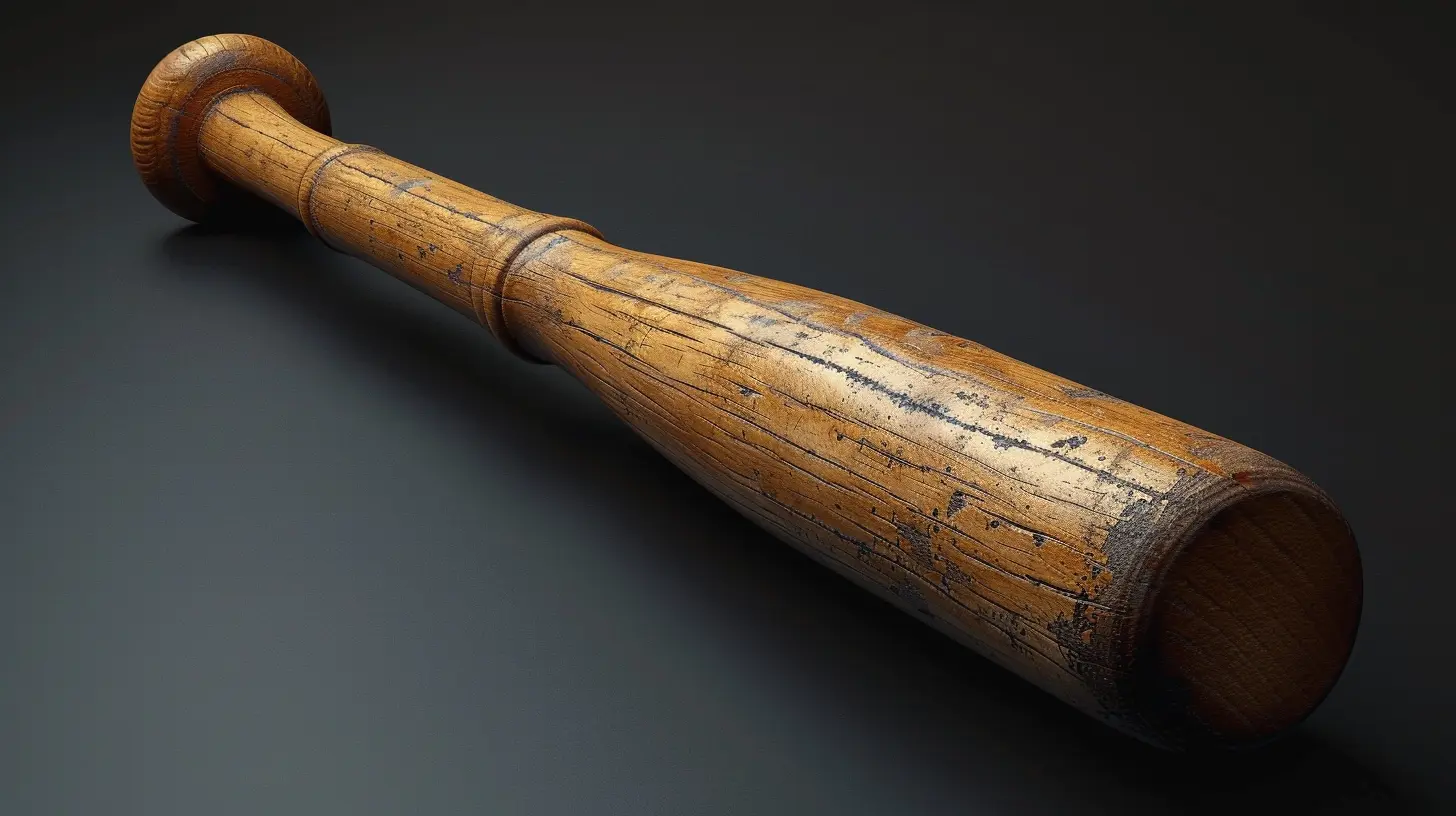
The Future of Baseball Bats: What’s Next?
Advances in Technology
As technology continues to advance, we can expect to see even more innovations in baseball bat materials and design. One area of focus is the customization of bats. In the future, we may see bats that can be tailored to a player’s specific swing mechanics, weight preferences, and style of play. With 3D printing and other manufacturing advancements, the possibilities are endless.Sustainability Concerns
Another trend to watch is the growing focus on sustainability in sports equipment manufacturing. As environmental concerns become more pressing, companies may start exploring eco-friendly materials for baseball bats. This could mean a shift away from traditional wood and metal towards more sustainable, biodegradable materials.Safety Considerations
Safety will always be a priority, especially as bats become more powerful. Expect future innovations to include designs that reduce the risk of injury for pitchers and infielders. Some composite and aluminum bats already feature built-in technology to reduce the ball’s exit velocity, and this trend is likely to continue as player safety becomes more of a focus.Conclusion: From Wood to Composite, Baseball Bats Have Come a Long Way
The baseball bat has undergone quite the transformation over the years. From the early days of rough-hewn wooden bats to the sleek, high-performance composite bats of today, the evolution of the bat mirrors the evolution of the sport itself. Whether you’re a fan of the classic wooden bat or you prefer the modern technology of composite materials, one thing is clear: the bat is more than just a tool—it’s an essential part of the game’s history and future.So, the next time you pick up a bat, take a moment to appreciate the craftsmanship and technology that has gone into making that piece of equipment. Whether it’s wood, aluminum, or composite, each bat tells a story of innovation, tradition, and the love of America’s favorite pastime.
all images in this post were generated using AI tools
Category:
BaseballAuthor:

Frankie Bailey
Discussion
rate this article
1 comments
Marcus Bowman
This article beautifully captures the journey of the baseball bat, highlighting the blend of tradition and innovation in our beloved sport. It's fascinating to see how materials have evolved, shaping the game and player performance. Thank you for shedding light on this vital aspect of baseball history!
November 1, 2025 at 5:48 AM


